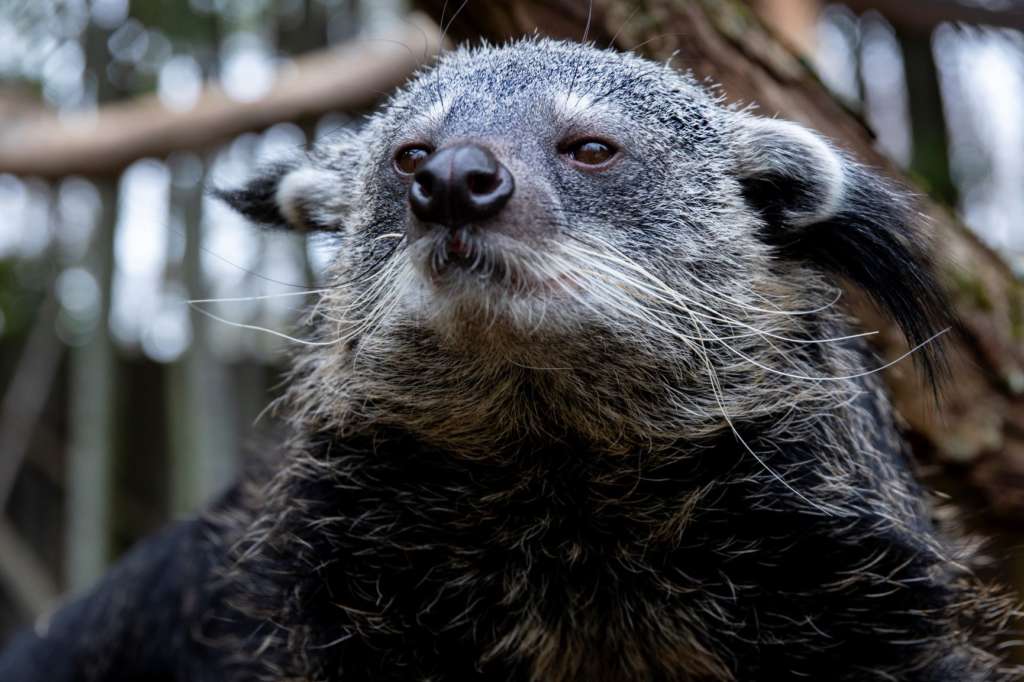Guardians of the Binturong: Protecting a Precious Species
The binturong, also known as the "bearcat," is a fascinating creature that is in desperate need of our protection. Found in the lush rainforests of Southeast Asia, these unique animals are facing numerous threats that are putting their survival at risk. Recognized by their striking appearance and distinct musky scent, binturongs play a crucial role in maintaining the ecological balance of their habitats.
Efforts to safeguard the binturong are more important now than ever before. As human activities continue to encroach upon the binturong's natural environment, the need for conservation measures has become increasingly apparent. Through raising awareness, implementing conservation initiatives, and fostering a deeper understanding of this species, we can work towards ensuring a future where the binturong thrives in the wild.

Habitat and Behavior
The binturong, also known as the bearcat, is a unique mammal native to the rainforests of Southeast Asia. They are primarily arboreal creatures, spending most of their time in the lush tree canopies. Binturongs have a distinctive appearance, with thick black fur and a prehensile tail that helps them balance as they move among branches.
These exquisite creatures are omnivores, with a diet consisting of fruits, leaves, insects, and small animals. Their favorite food is the fruit of the strangler fig tree, and they play a crucial role in seed dispersal within their habitat. Binturongs are mostly nocturnal, preferring to be active during the cool nighttime hours, which helps them avoid the heat of the day and potential predators.
Despite their intimidating size and appearance, binturongs are gentle and solitary animals. They communicate through various vocalizations, including grunts, purrs, and hisses. Males are known for their strong scent glands, which emit a musky odor used for marking territories and attracting potential mates. By understanding the habitat and behavior of the binturong, we can better appreciate the importance of preserving their existence in the wild.
Threats and Conservation Efforts
Illegal poaching and deforestation are two of the primary threats facing binturongs in the wild. Poachers target these charming animals for their unique fur and because of the demand for them in the exotic pet trade. The loss of their natural habitat due to deforestation also poses a significant threat to the survival of binturong populations.
Conservation efforts to protect the binturong have been implemented on various fronts. Organizations are working tirelessly to combat illegal poaching and trafficking by conducting wildlife enforcement operations and raising awareness about the importance of preserving these elusive creatures in their natural habitats. Furthermore, initiatives to restore and protect the binturong's forest homes are crucial for their long-term survival.
It is essential for local communities, governments, conservation organizations, and the general public to come together to support the conservation of binturongs. By promoting sustainable practices, implementing strict laws against poaching, and educating the public about the importance of protecting this precious species, we can ensure a brighter future for the guardians of the binturong.
Unique Features
The binturong is known for its striking appearance, with thick, shaggy fur that ranges in color from dark brown to black. Its bushy tail is prehensile, allowing it to grasp onto branches as it moves through the trees with agility. This tail also aids in balancing while the binturong navigates its forested habitat.
One of the most distinctive features of the binturong is its scent glands, located near the base of its tail. These glands produce a musky odor that has been likened to popcorn or corn chips. This unique scent is used by binturongs to communicate with others of their species and mark their territory in the wild.
Additionally, the binturong has a remarkable ability to rotate its hind feet backwards, enabling it to climb down trees headfirst - a trait that sets it apart from other arboreal mammals. This specialized adaptation allows the binturong to move with ease both up and down tree trunks, contributing to its proficiency in navigating the dense forests it calls home.